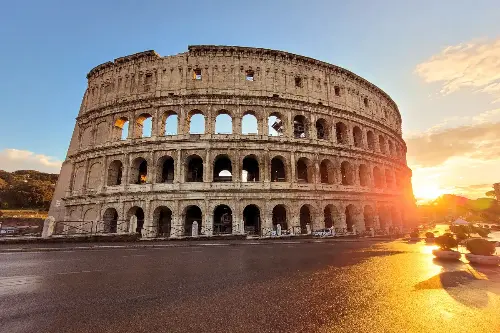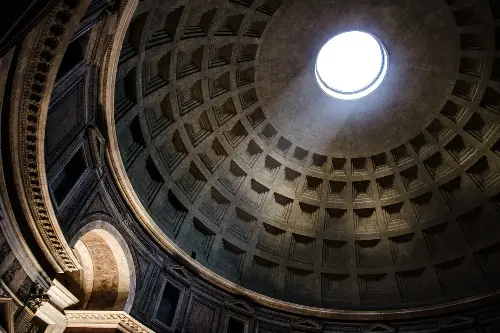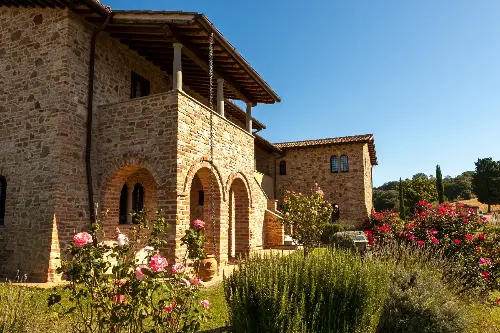The architectural marvels of ancient Rome are emblematic of an empire that once spanned much of the known world. Today, their influence endures in the cities and structures that blend seamlessly into our modern landscapes. From the majestic columns that front government buildings to the dome structures that crown our places of worship, Roman architecture has bestowed upon our urban vista a legacy both monumental and sublime.

Emblematic Edifices and Systems
One cannot discuss Roman influence without addressing the Colosseum, an architectural behemoth and the prototype for modern-day stadiums. Its ingenious tiered seating and elliptical shape optimise visibility and acoustics, principles that are mirrored in contemporary sports arenas across the globe. But the Romans' contribution to modern life isn't confined to the aesthetic; it's etched into the very infrastructure of our cities. Roman innovations in building roads, aqueducts, and sewage systems laid the groundwork for the complex networks that underpin our daily existence.
The Mastery of Materials
The Romans were also pioneering material engineers. Their use of concrete revolutionised construction, enabling them to build sturdier and larger structures that have stood the test of time. Today's architects continue to rely on this versatile material, which has become the bedrock of urban development. In fact, a stroll through any city will reveal a built environment that owes much to this old-world innovation, with concrete's resilience and adaptability remaining unrivalled.

A Fellowship of Forms and Functions
The Roman architectural lexicon—arches, vaults, and domes—constitutes the trinity of forms that have transcended time. The arch, a Roman hallmark, has been reinterpreted in modern bridges and gateways, its curved silhouette as much a statement of elegance as an emblem of robust engineering. The barrel vaults and groined vaults, which allowed the Romans to roof large spaces, can be seen in the arched ceilings of our railway stations and shopping arcades. And the dome—the crowning glory of Rome's Pantheon—has inspired the vaulted ceilings of Capitol buildings and cathedrals worldwide, its spherical shape synonymous with both the divine and the authoritative.
The Aesthetic of Authority
Beyond mere utility, Roman architectural elements are imbued with symbolic power. Their columns and pediments, featured prominently in courthouses and financial institutions, convey strength and stability, qualities that are as aspirational in the modern context as they were in ancient times. Moreover, the neoclassical style, with its roots firmly in Greco-Roman artistry, continues to be favoured for its connotations of classical knowledge and civilisational triumph.

Living Legacies in Everyday Life
Beyond magnificent monuments and structural icons, ancient Rome’s architectural wisdom permeates our everyday experiences in subtler, often overlooked ways. Walk through any modern residential neighbourhood, and you might find echoes of Roman townhouses or villas in the design of homes—symmetrical facades, central courtyards, and atrium-like living spaces that unwittingly pay homage to ancient precedents.
The architectural DNA of ancient Rome, with its emphasis on balance, symmetry, and grandeur, has provided a blueprint for builders and dreamers through the ages. From colossal structures that dominate skylines to the delicate arches that grace our gardens, Roman architectural principles continue to inform and inspire. Whether we sit in a modern-day amphitheatre or walk beneath a grand portico, we are engaging in a silent conversation with history. The legacy of Roman innovation is a testament to humanity’s enduring pursuit of beauty and function in the structures we inhabit. And as long as we value these principles, the Roman influence will remain, immortalised in stone, steel, and the living cities we call home.
